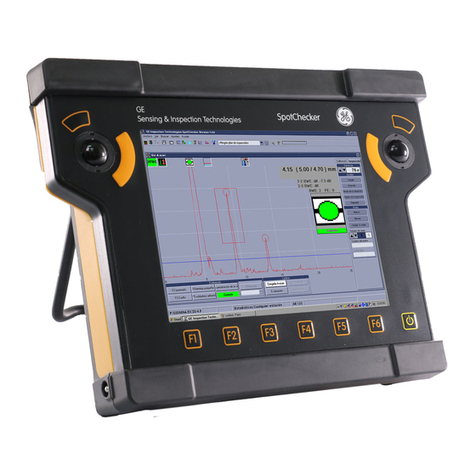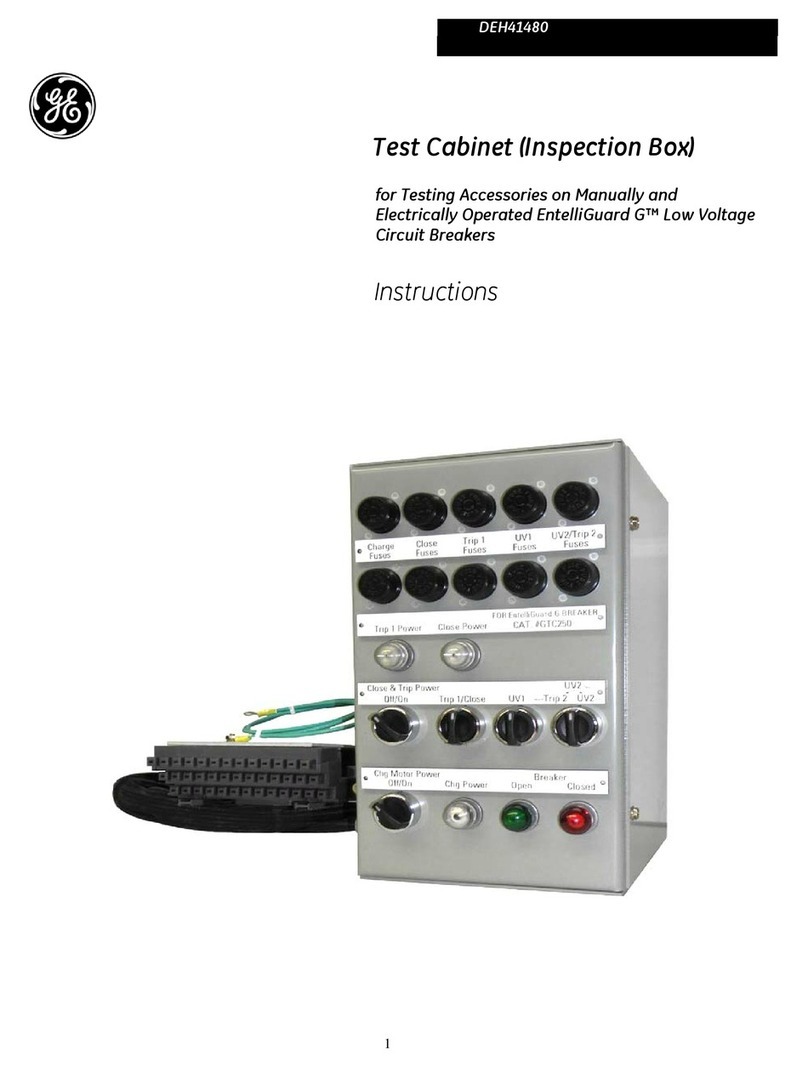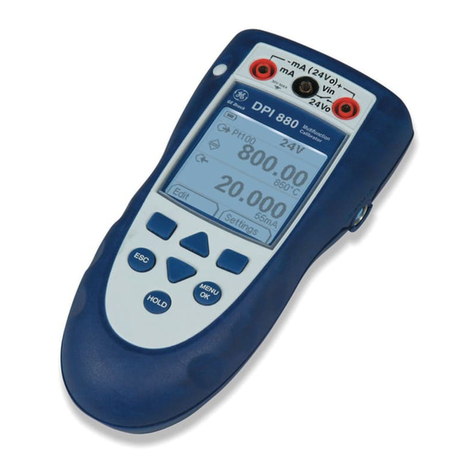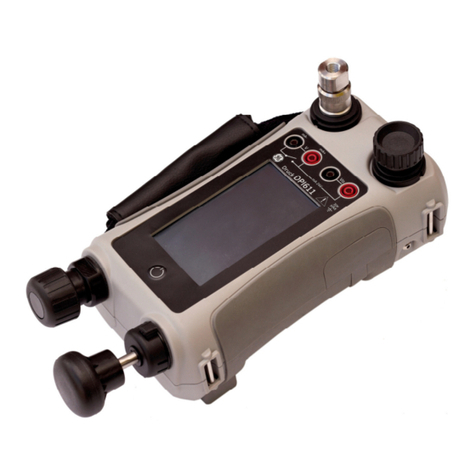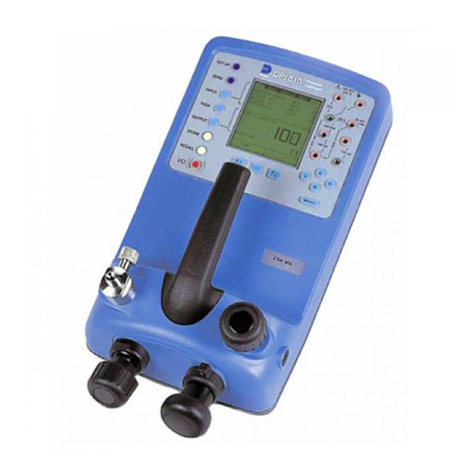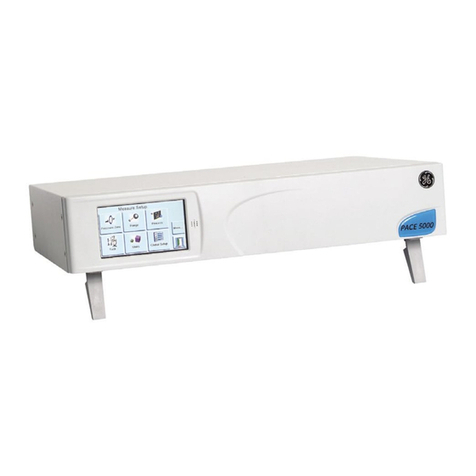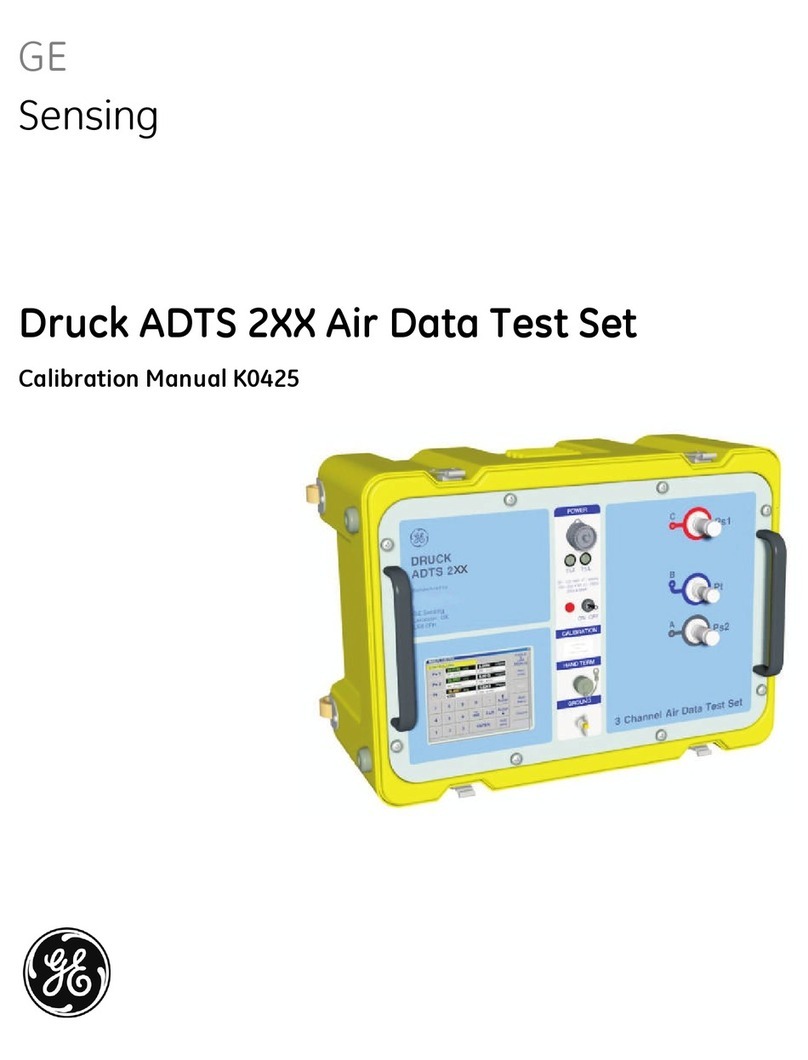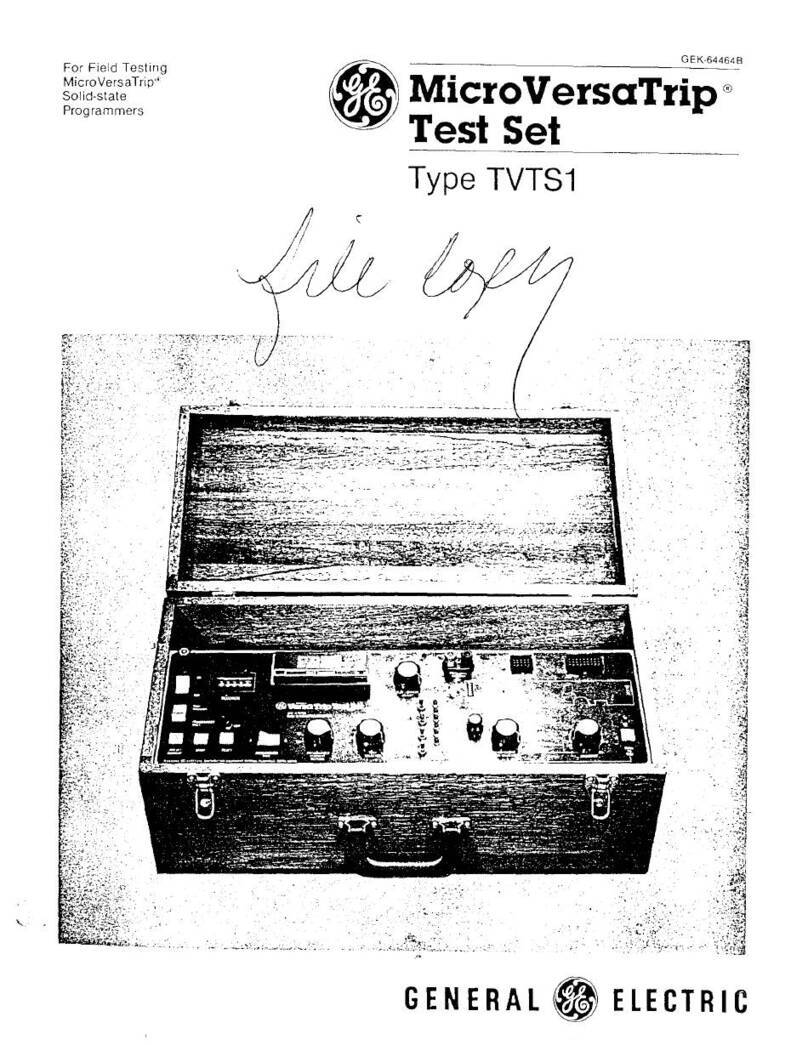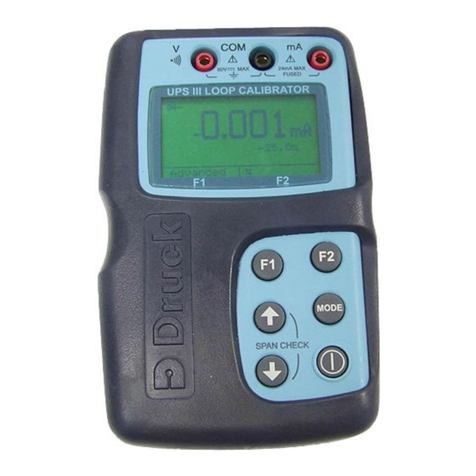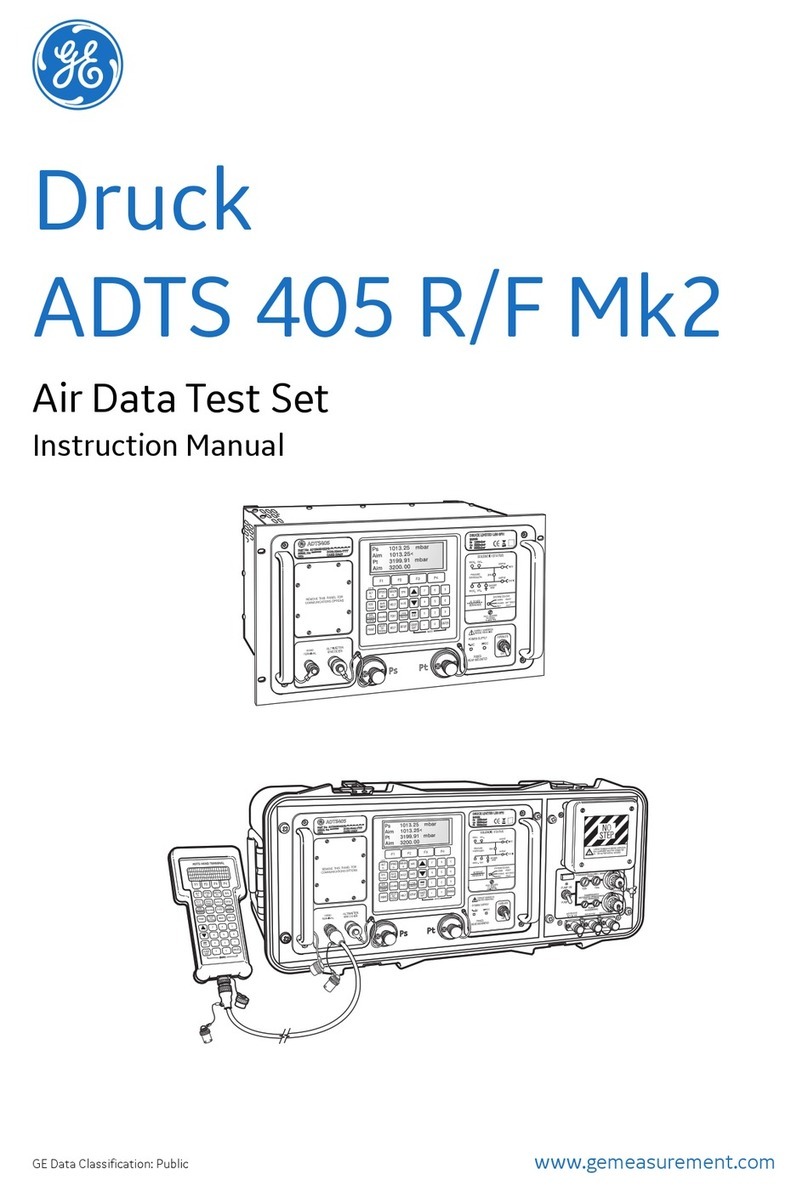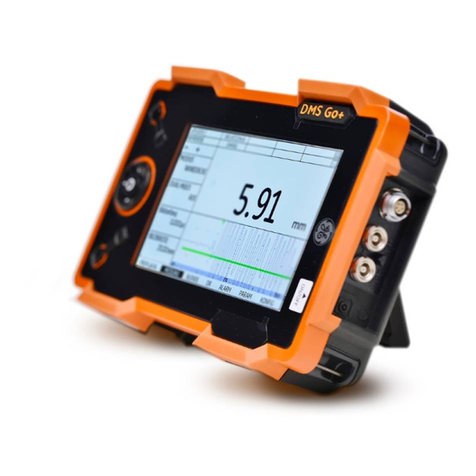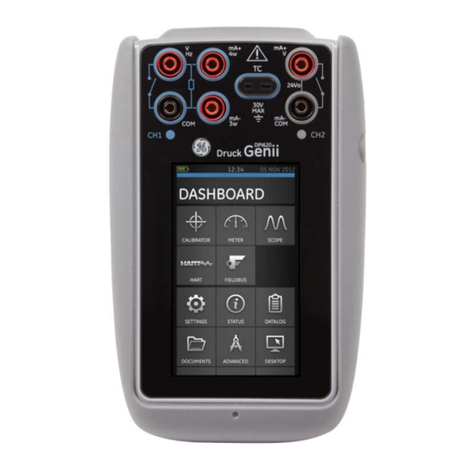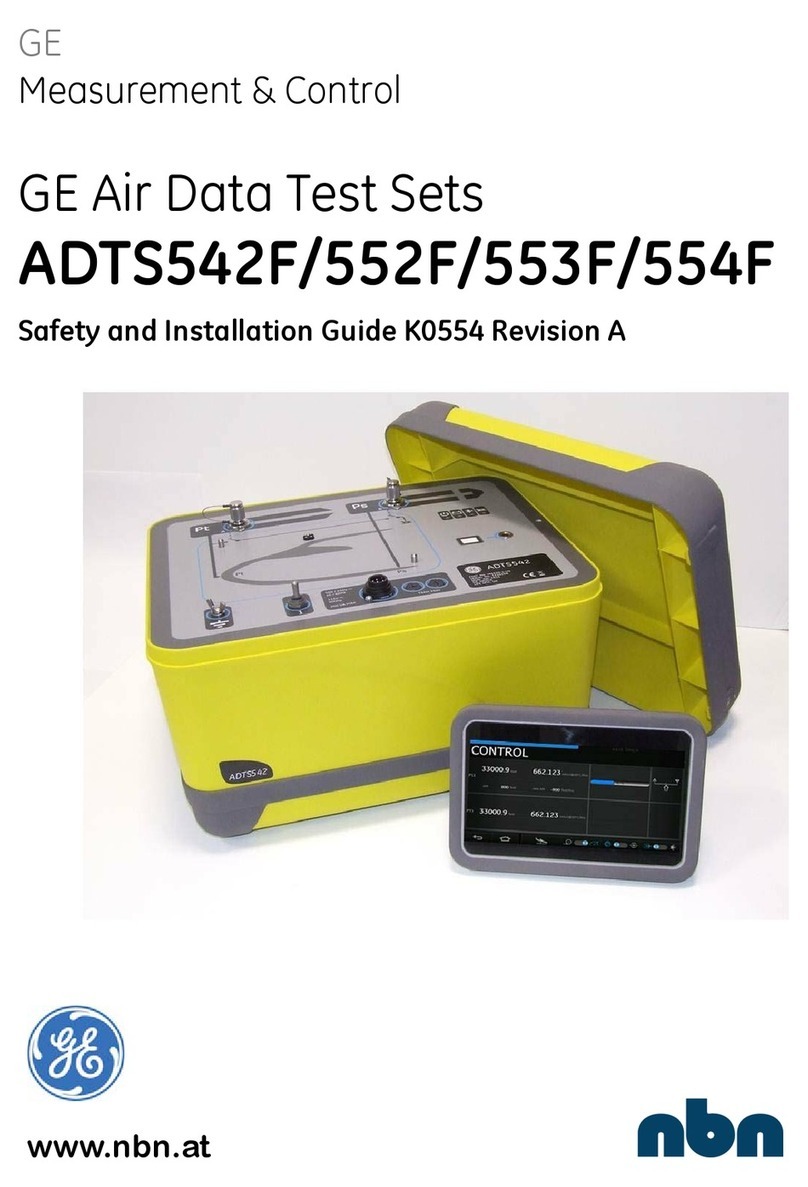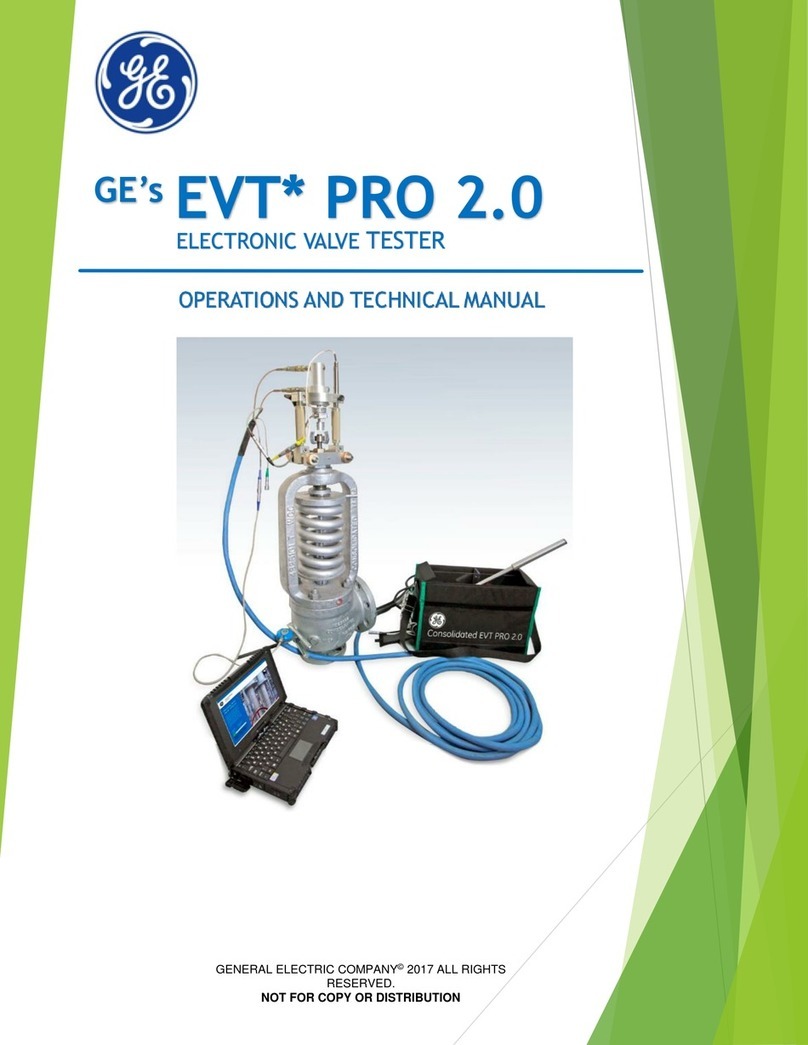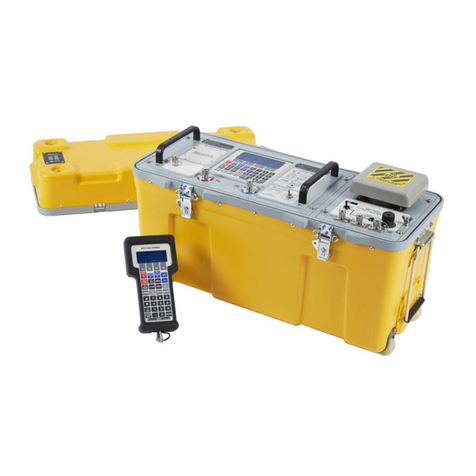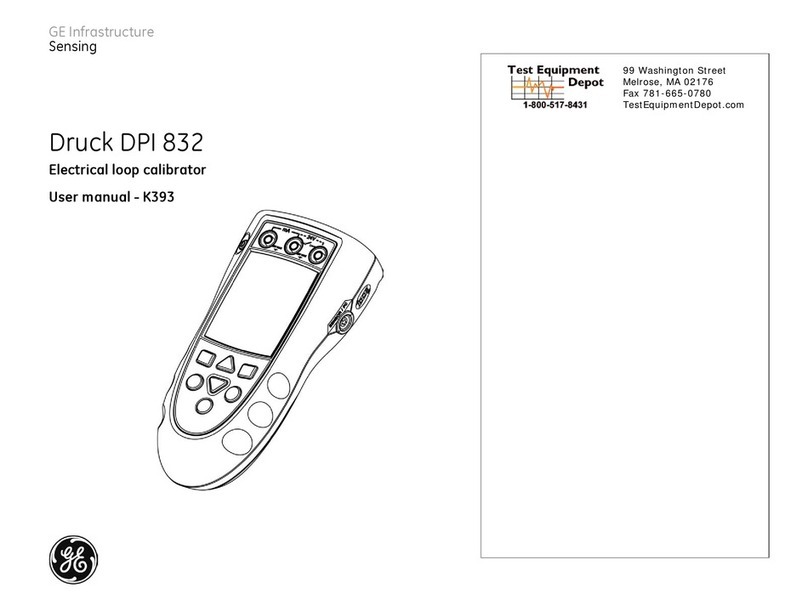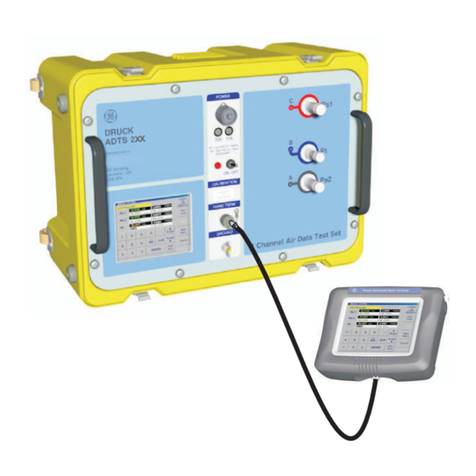
MM300 MOTOR MANAGEMENT SYSTEM – INSTRUCTION MANUAL TOC–III
4.ACTUAL VALUES Actual values overview.................................................................................................................. 4 - 1
Metering ............................................................................................................................................... 4 - 2
Current metering .......................................................................................................................................4 - 2
Voltage metering.......................................................................................................................................4 - 2
Power metering..........................................................................................................................................4 - 3
Sensor metering.........................................................................................................................................4 - 4
Status..................................................................................................................................................... 4 - 5
Status messages .......................................................................................................................................4 - 5
Input and output messages .................................................................................................................4 - 5
System Page................................................................................................................................................4 - 6
Flex Page .......................................................................................................................................................4 - 6
5.SETPOINTS Understanding setpoints.............................................................................................................. 5 - 1
Setting text abbreviations.....................................................................................................................5 - 2
Configuration setpoints................................................................................................................. 5 - 3
Motor setpoints ..........................................................................................................................................5 - 3
Common motor setpoints......................................................................................................................5 - 4
Full-voltage non-reversing starter.....................................................................................................5 - 7
Full-voltage reversing starter...............................................................................................................5 - 7
Two-speed starter .....................................................................................................................................5 - 8
Wye-delta open transition starter.....................................................................................................5 - 9
Inverter starter.........................................................................................................................................5 - 10
Soft starter .................................................................................................................................................5 - 12
Autotransformer open transition starter.....................................................................................5 - 13
Autotransformer closed transition starter..................................................................................5 - 15
Current and voltage transformers ................................................................................................. 5 - 18
Inputs ........................................................................................................................................................... 5 - 20
Outputs........................................................................................................................................................ 5 - 22
Communications setpoints................................................................................................................ 5 - 24
System......................................................................................................................................................... 5 - 26
Events .......................................................................................................................................................... 5 - 30
Waveforms................................................................................................................................................ 5 - 31
Datalog........................................................................................................................................................ 5 - 31
Counters ..................................................................................................................................................... 5 - 32
Protection elements......................................................................................................................5 - 34
Thermal protection................................................................................................................................ 5 - 34
Unbalance biasing .................................................................................................................................5 - 34
Hot/cold biasing......................................................................................................................................5 - 35
RTD biasing................................................................................................................................................5 - 36
Overload curve.........................................................................................................................................5 - 37
Cooling rate ...............................................................................................................................................5 - 39
Thermal protection reset.....................................................................................................................5 - 40
Thermal protection setpoints............................................................................................................5 - 40
Mechanical protection......................................................................................................................... 5 - 42
Mechanical jam .......................................................................................................................................5 - 43
Undercurrent protection .....................................................................................................................5 - 43
Underpower protection .......................................................................................................................5 - 44
Acceleration protection .......................................................................................................................5 - 45
Open control circuit trip protection................................................................................................5 - 45
Electrical protection .............................................................................................................................. 5 - 45
Load increase alarm..............................................................................................................................5 - 46
Auxiliary undervoltage.........................................................................................................................5 - 46
Ground fault protection .......................................................................................................................5 - 47
Current unbalance protection..........................................................................................................5 - 48
Phase undervoltage ..............................................................................................................................5 - 49
